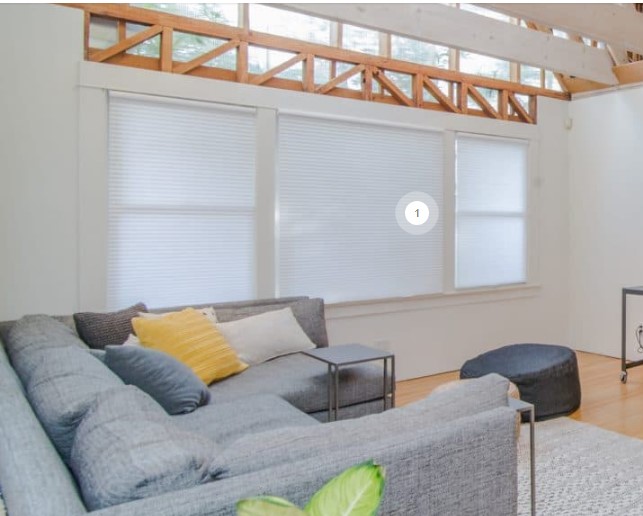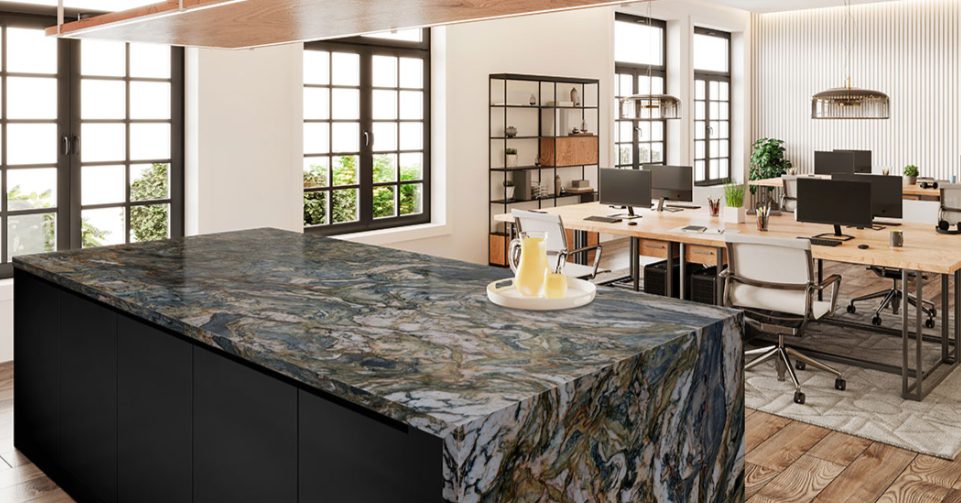Essential Interior Design Materials: Crafting Beautiful Spaces

Strong 8k brings an ultra-HD IPTV experience to your living room and your pocket.
When it comes to interior design, the choice of materials is crucial. They not only define the aesthetic of a space but also impact its functionality, comfort, and overall ambiance. Whether you’re a seasoned designer or a DIY enthusiast, understanding the various materials available can elevate your projects and enhance your living environment. Here’s a guide to some essential interior design materials and their applications.
1. Wood
Wood remains a timeless choice in interior design.
Types: Options include hardwoods like oak and walnut, and softwoods like pine and cedar.
Uses: From flooring and cabinetry to furniture and decorative accents, wood adds warmth and texture.
Benefits: It’s durable, easy to work with, and can be stained or painted to match any style, making it versatile for both contemporary and traditional settings.
2. Metal
Metal materials bring a modern edge to interiors.
Types: Common metals include steel, aluminum, brass, and copper.
Uses: Ideal for light fixtures, furniture frames, and decorative accents, metals can enhance the industrial aesthetic.
Benefits: They are strong and long-lasting, available in various finishes, allowing for customization to suit your design theme.
3. Glass
Glass is a popular material for creating an open and airy feel.
Types: Clear, frosted, tinted, and mirrored glass are common choices.
Uses: Often used in windows, doors, and partitions, glass can also serve as an elegant material in furniture and decor.
Benefits: It allows natural light to flow through spaces, making them feel larger while adding a touch of sophistication.
4. Fabric
Fabric adds comfort and personality to a space.
Types: Options range from natural fibers like cotton and linen to luxurious materials like velvet and leather.
Uses: Used in upholstery, curtains, and cushions, fabrics can dramatically influence the mood of a room.
Benefits: They introduce color, texture, and softness, making spaces feel more inviting.
5. Stone
Stone materials evoke a sense of permanence and elegance.
Types: Common choices include marble, granite, slate, and limestone.
Uses: Frequently used for countertops, flooring, and wall cladding, stone adds a luxurious touch to kitchens and bathrooms.
Benefits: It’s durable and heat-resistant, making it ideal for high-traffic areas and surfaces.
6. Ceramics and Porcelain
These materials are perfect for adding style and functionality.
Uses: Ceramics and porcelain are commonly used for tiles, bathroom fixtures, and decorative items.
Benefits: They are water-resistant, easy to maintain, and come in a wide variety of designs and colors, making them highly versatile.
7. Composite Materials
Composite materials offer practical solutions at an affordable price.
Types: Options include MDF (medium-density fiberboard), plywood, and engineered stone.
Uses: Often used in furniture and cabinetry, composites can mimic the appearance of natural materials without the higher cost.
Benefits: They are stable, cost-effective, and available in various finishes, making them great for creative designs.
8. Paint and Wallpaper
Paint and wallpaper are transformative tools in interior design.
Types: Options include latex and oil-based paints, as well as a plethora of wallpaper styles and patterns.
Uses: They can refresh walls, ceilings, and even furniture, allowing for significant customization.
Benefits: Both options offer endless possibilities for color and pattern, helping to create a specific mood or theme in a space.
9. Rugs and Carpets
Rugs and carpets add warmth and comfort.
Types: Options range from wool and synthetic fibers to natural materials like jute.
Uses: They can define spaces, provide comfort underfoot, and contribute to the overall decor.
Benefits: Rugs also offer sound insulation and can be easily changed to refresh a room’s look.
10. Sustainable Materials
Sustainable materials are increasingly popular in modern design.
Types: Options include bamboo, reclaimed wood, and recycled materials.
Uses: They can be used in flooring, furniture, and decor.
Benefits: Eco-friendly choices not only promote sustainability but also add unique character to a space.
Conclusion
Selecting the right materials is fundamental to successful interior design. Each material brings unique properties and benefits that can dramatically influence the look and feel of a space. By understanding and thoughtfully choosing these materials, you can create beautiful, functional interiors that reflect your style and meet your needs. Whether you’re undertaking a complete renovation or simply refreshing a room, the right materials will enhance the beauty and functionality of your home.
Note: IndiBlogHub features both user-submitted and editorial content. We do not verify third-party contributions. Read our Disclaimer and Privacy Policyfor details.







